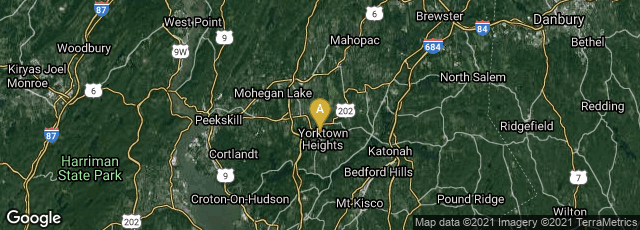

A: Yorktown Heights, New York, United States
In 1975 French American mathematician, physicist, economist, and information theorist Benoit Mandelbrot, a researcher at the IBM T. J. Watson Research Center, Yorktown Heights, New York, first developed fractal geometry in his book, Les objets fractals, forme, hasard et dimension, building on the concept that seemingly irregular shapes can have identical structure at all scales. Mandelbrot expanded and translated his ideas in his book Fractals: Form, Chance and Dimension (1977). He further expanded them in The Fractal Geometry of Nature (1982). In 1999 American Scientist magazine stated that these three books, taken together, comprise “one of the ten most influential scientific essays of the 20th century.” The impact of these books on the scientific community, and on the educated public, was significantly enhanced by mathematically accurate computer-drawn illustrations created by programmers working with Mandelbrot, primarily at IBM Research. Images for the 1977 and 1982 books were mainly by Richard F. Voss. The early graphics were low-resolution black and white; later drawings were higher resolution and in color as computer graphic technology evolved between 1975 and 1982.
Mandelbrot's new geometry made it possible to describe mathematically the kinds of irregularities existing in nature, and had applications in an enormously wide range of scientific and technological fields.
After Mandelbrot's death I appraised his papers for donation to Stanford University. I later posted a version of that appraisal on my other website, historyofscience.com You may read it at this link.